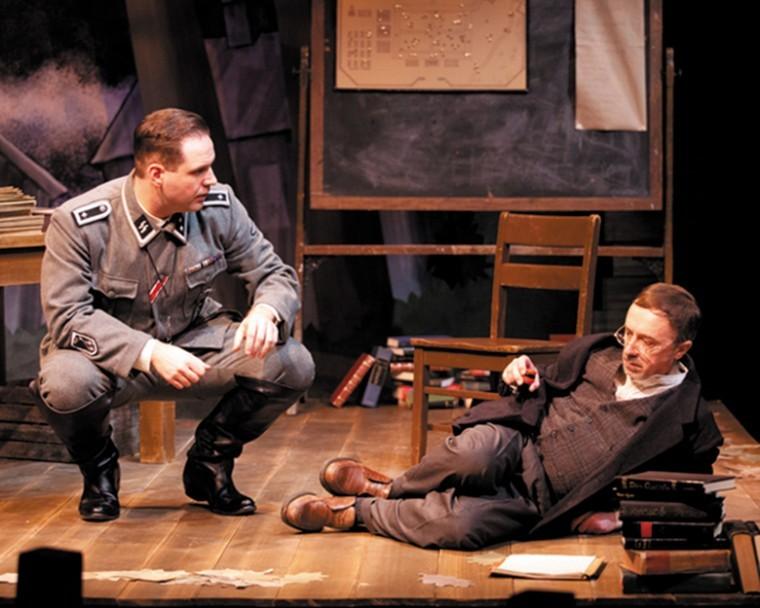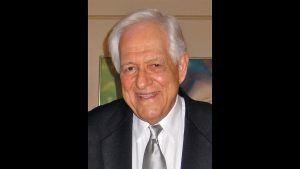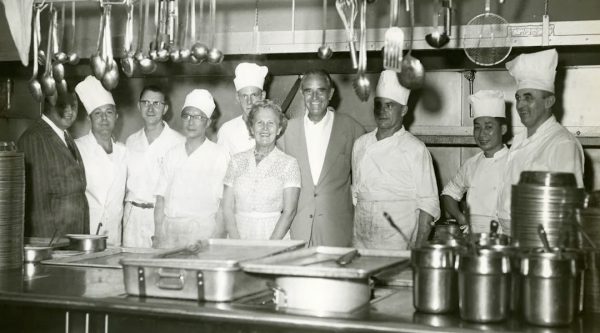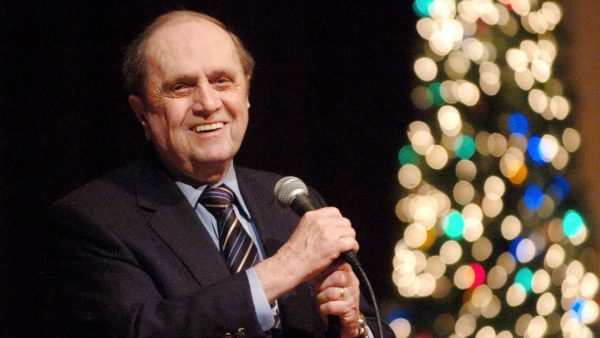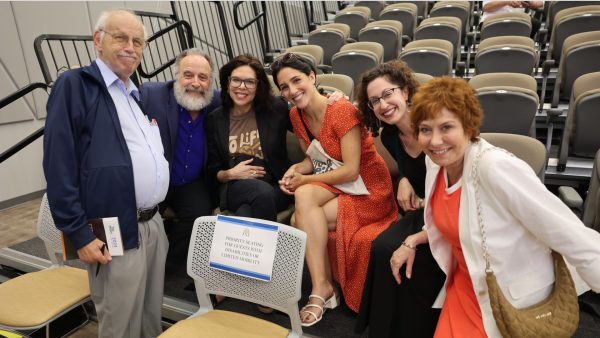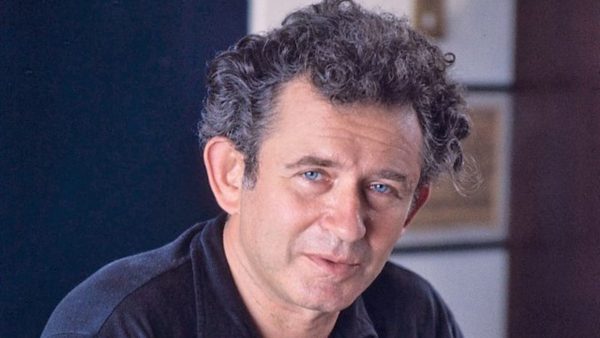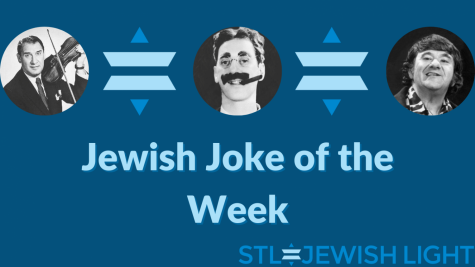Strong performances, but story gets muddled on ‘Way to Heaven’
Published February 1, 2012
Maybe something got lost in translation, but the New Jewish Theatre’s production of “Way to Heaven” gets bogged down in its effort to give a fictionalized account of the International Red Cross’s whitewashed inspection of a notorious Nazi concentration camp.
While the play is generally well-directed by Doug Finlayson and features some fine performances, the theatrical narrative is slowed down excessively by a device of having the same dialogue and scenes repeated over and over-especially during the first act. The result is a muddle that detracts from what otherwise would be a compelling retelling of the infamous cruel hoax perpetrated by the Nazis at the Theresienstadt ghetto/concentration camp, which duped the International Red Cross inspector in June 1944 into issuing a report that gave the death factory a “clean bill of health.”
For reasons that are not entirely clear, the award-winning Spanish playwright Juan Mayorga chose to re-configure the story from a non-fiction account of the actual Theresienstadt (in Czech: Terezin) concentration camp, into a fictionalized re-telling of a non-existent camp in 1942, some “30 kilometers from Berlin.” By “fictionalizing” the story, Mayorga undermines the power of the absolute and horrific truth of the Theresienstadt camp.
The Nazis wanted a “clean and tidy” looking camp to fool the outside world into believing that the stories of Auschwitz and other death camps were false, and that Europe’s Jews were indeed being well-served in “model” communities that had all of the amenities of a thriving city. This included providing Jewish residents with theater, recreation, books and even a synagogue to meet their spiritual needs. All of these trappings were part of a massive scam; at Theresienstadt, some 53,004 Jews were crammed into its 115,004 square miles, an average density of 2.16 square miles per person. Tens of thousands of Jews would be deported from Theresienstadt to Auschwitz and other death camps and hundreds more would die at Theresienstadt itself.
There seems to be no justification for fictionalizing the story, other than the playwright’s wish that the play be “unstuck in time,” such as the device used by Kurt Vonnegut in “Slaughterhouse Five.” But Vonnegut did not disguise the historical trauma depicted in his novel, the bombing of the German city of Dresden during World War II. By removing Theresienstadt from its true historical moorings, audiences can be left with the feeling that perhaps the events depicted in “Way to Heaven” themselves did not actually happen.
Leaving aside the above serious concerns, the play does include some strong performances, especially by Jerry Vogel as the Red Cross representative. He does a masterful job in an extended opening monologue describing years later how he had been deceived into writing a whitewashed report on the camp, but then, jarringly says, he “would not change a word” of the report even in view of what he has learned since 1942.
The strongest performance, however, is delivered by Jason Cannon as the camp’s commandant-a strutting, super-confident true believer in the Nazi Master Race, who can recite verbatim from works by Aristotle, Pascal and even the Jewish philosopher, Baruch Spinoza. It is often said that “the Devil gets the best lines” in plays about good and evil, and it is clear that the Commandant not only gets the best lines, but they are delivered with confidence and chilling authenticity by Cannon.
In truth, the first two commandants of Theresienstadt, Siegfried Seidl and Anton Burger, both of whom were executed for crimes against humanity after the war are not mentioned in Mayorga’s script. Factually speaking, the Jewish residents in the parts of Theresienstadt were coached and even rehearsed to reinforce the facade that they were being well-treated at the camp-a device similar to the post-cards death camp prisoners were forced to send home saying that conditions were “good” in the death factories.
The fictionalized commandant, with the forced complicity of Jewish prisoner Gershom Gottfired (played with the right combination of sadness, mild resistance and resignation by Terry Meddows), “stage manage” a daily “normal” routine in which children are seen playing with a spinning top; an adorable young and achingly sad little girl is playing with her cloth doll near a stream and two lovers are sitting on a bench seeming to be in the midst of a tiff. Those scenes and the dialogue are repeated over and over during the first act to the point where one’s eyes can glaze over.
After the intermission (the original script did not provide for a break in the action), things come together: the fictionalized camp, like the real Theresienstadt on which it is based, was a harsh and thoroughly evil hoax. We learn that “Himmelweg” is German for the “Way to Heaven,” the concrete ramp from the train’s dock that leads to the “infirmary.” We learn that the choking smoke visible to the prisoners and the Red Cross representative came from the on-site extermination of Jews which took place daily.
Wisely, the NJT has scheduled some panel discussions and “talk-backs” by various experts on the Holocaust and European history, which hopefully can fill in the historical gaps in the script.
With some reworking, “Way to Heaven” could be transformed into the kind of powerful play intended by Mayorga and translator David Johnston. In its present form, the Jewish prisoners are reduced to “Stepford Wives” automatons trapped in a kind of Nazi version of “The Truman Show.” The subject matter deserves a more reality-grounded treatment to get its important message across.



